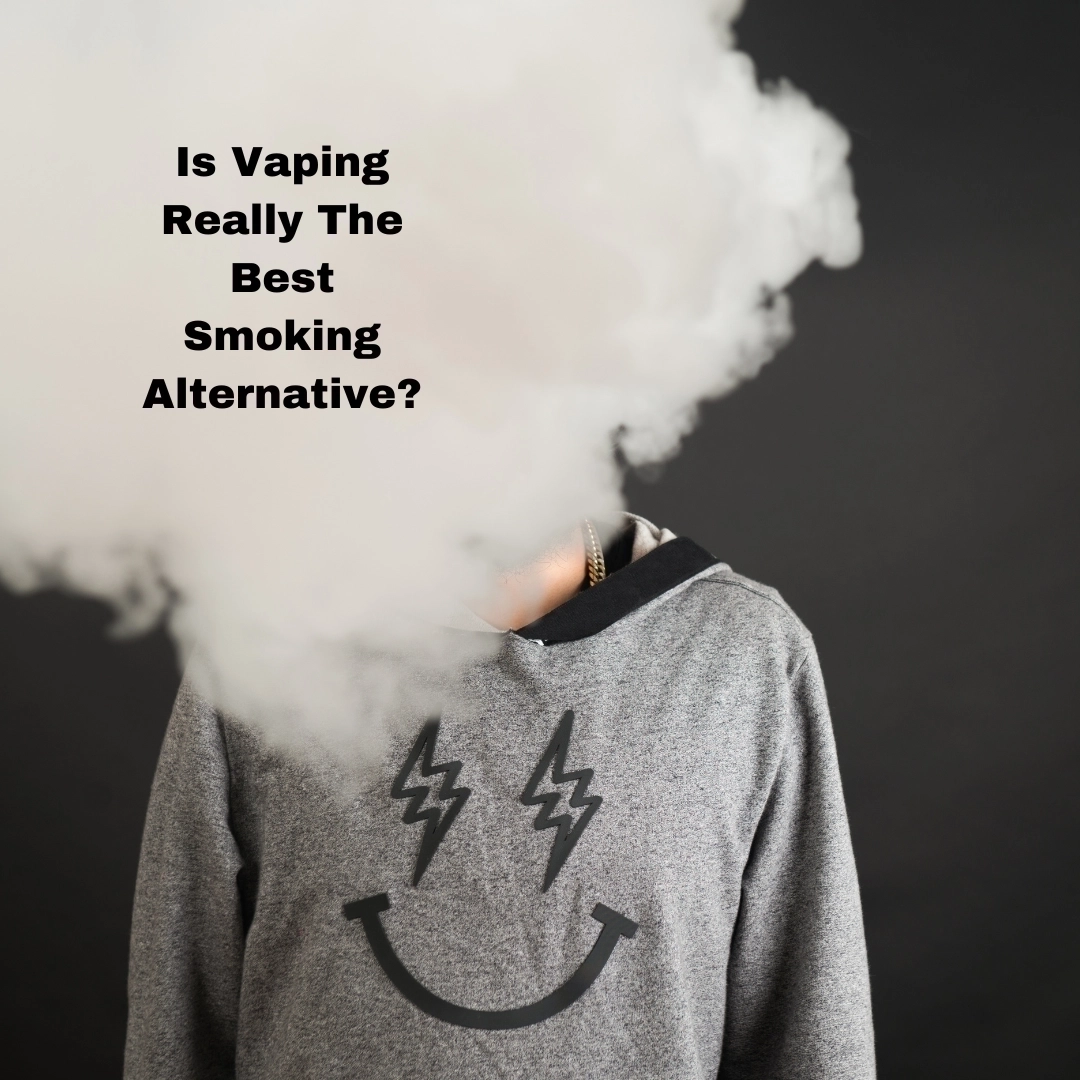Is Vaping Really the Best Smoking Alternative?

E-cigarettes don’t produce tar, because they don’t burn (or even contain) tobacco or other plant material. There are known carcinogens in vapor, but they’re in tiny concentrations that are unlikely to pose any risk to vapers. Most studies that have raised alarms about cancer risk from vaping have used poor methods, including using smoking machines to take too-frequent or too-long drags, or vaping at unrealistic high temperatures on dry wicks. Those things wouldn’t happen to actual vapers, because the result — known as dry hits or dry puffs — is unbearable to breathe.
“In normal conditions of use, toxin levels in inhaled e-cigarette vapour are probably well below prescribed threshold limit values for occupational exposure, in which case significant long-term harm is unlikely,” says the RCP report. “Some harm from sustained exposure to low levels of toxins over many years may yet emerge, but the magnitude of these risks relative to those of sustained tobacco smoking is likely to be small.”
A recent study at the University of St. Andrews in Scotland found that the cancer danger of vaping is almost as low as for nicotine replacement therapies like patches and gum — less than one percent. “This study should put to rest any doubt within the tobacco control movement about whether vaping greatly reduces health risk compared to smoking,” wrote Boston University’s Dr. Michael Siegel.
No posts found
Write a reviewRecent posts
- WHO Issues Warning Regarding Falsely Labelled Propylene Glycol: A Caution for E-Liquid Manufacturers
- Salvaging a Wet Vape: Tips for Reviving Your Device After Water Exposure
- Discover the Top 10 Disposable Vapes in South Africa
- Unveiling Australia's Flawed Vaping Policies: A Catalyst for Illicit Markets
- Reassessing the Recent Study on Vaping and DNA Methylation
- How Many Puffs of a 5% Vape Equal One Cigarette?

